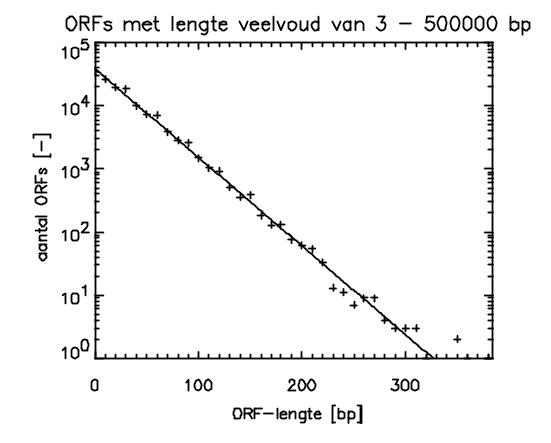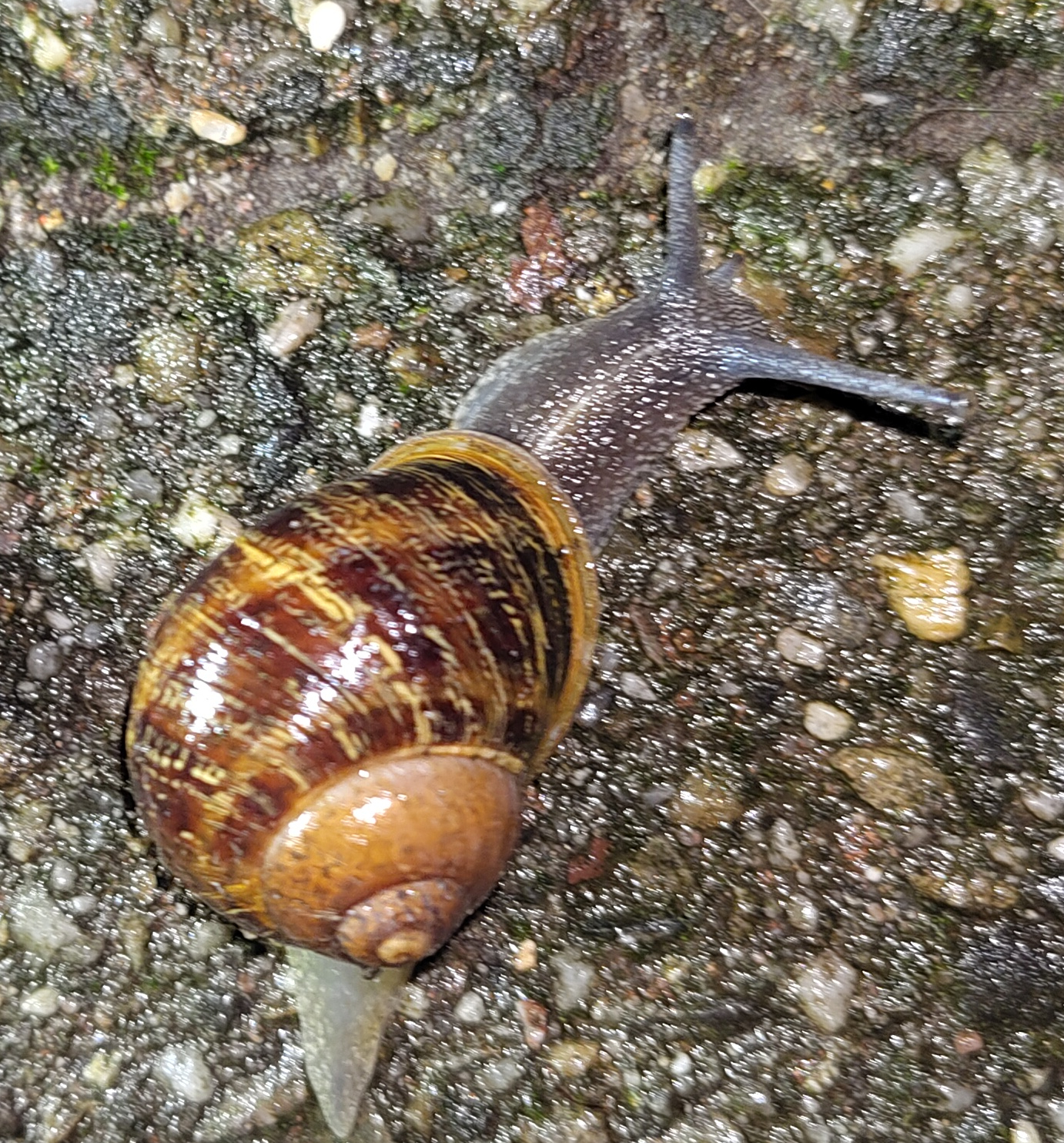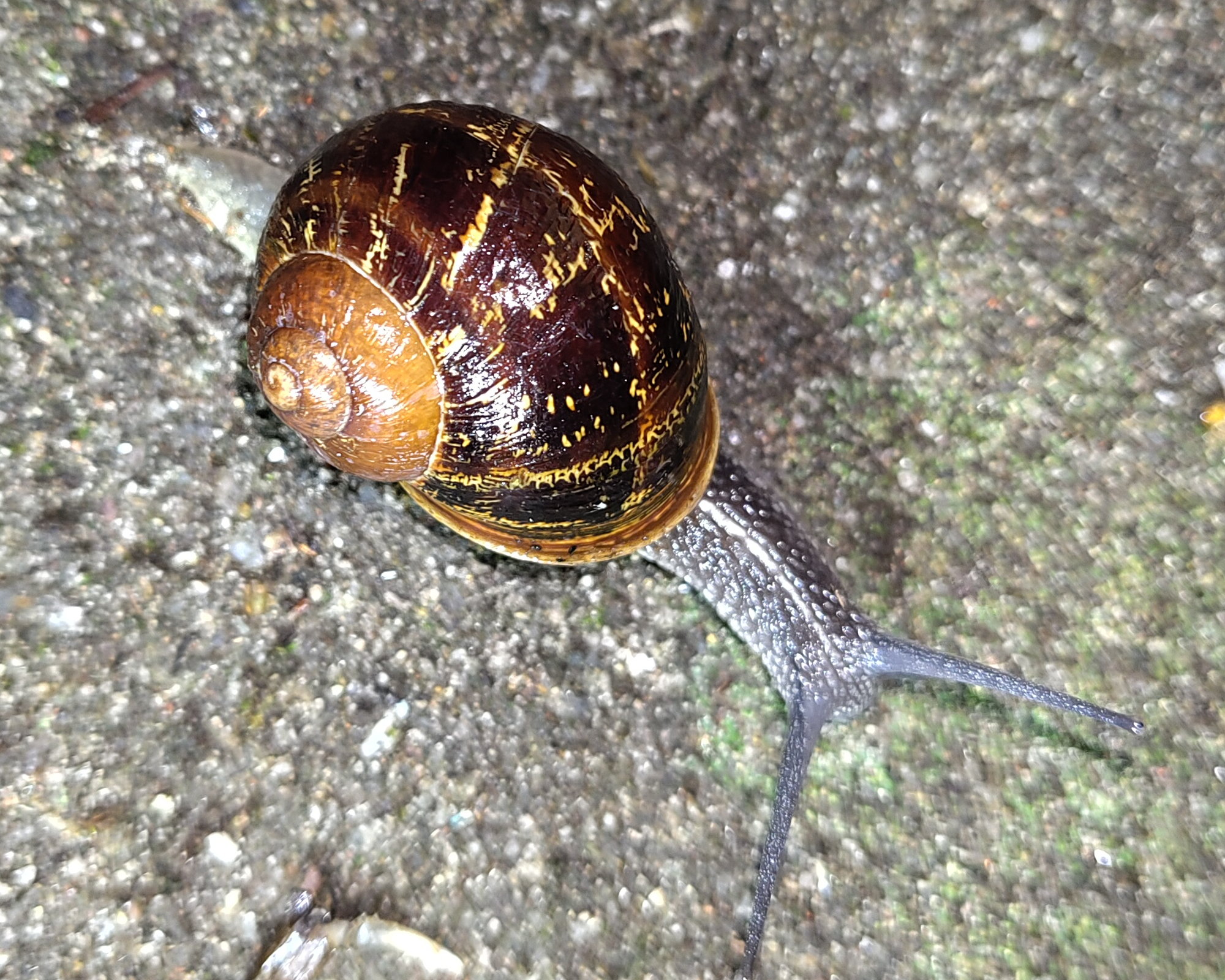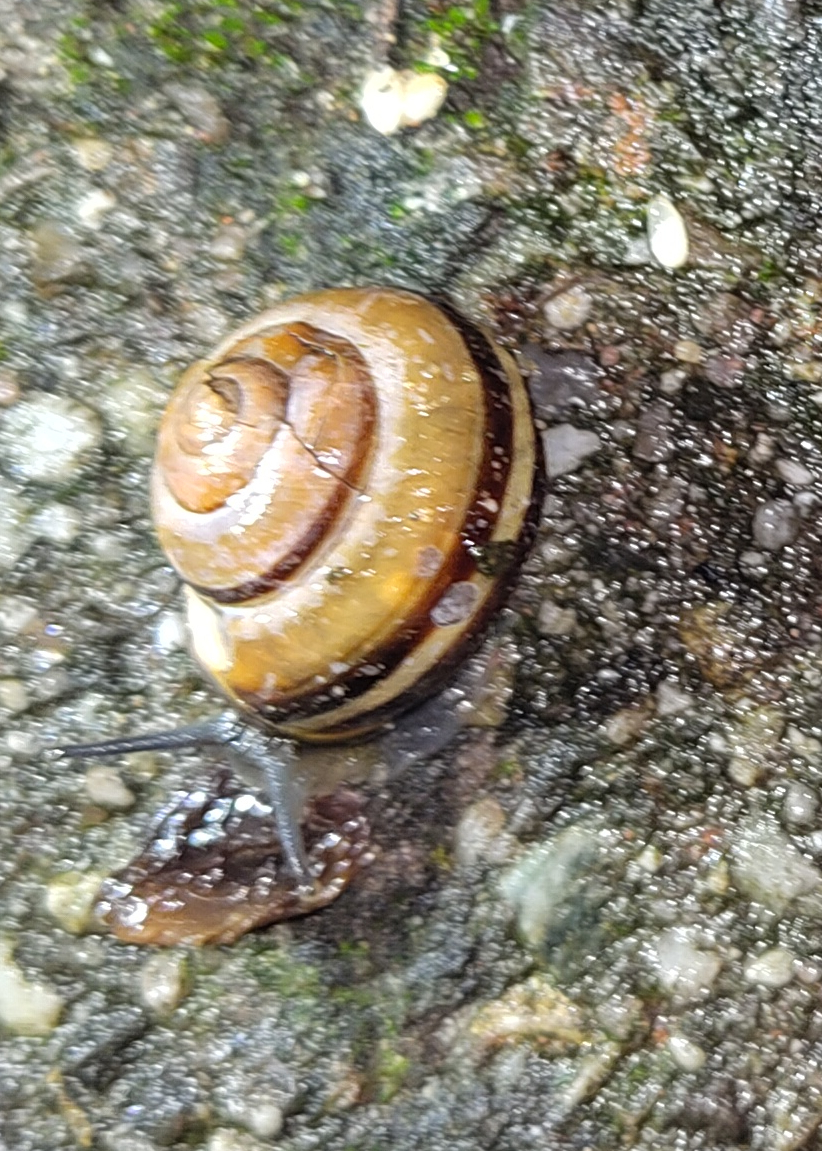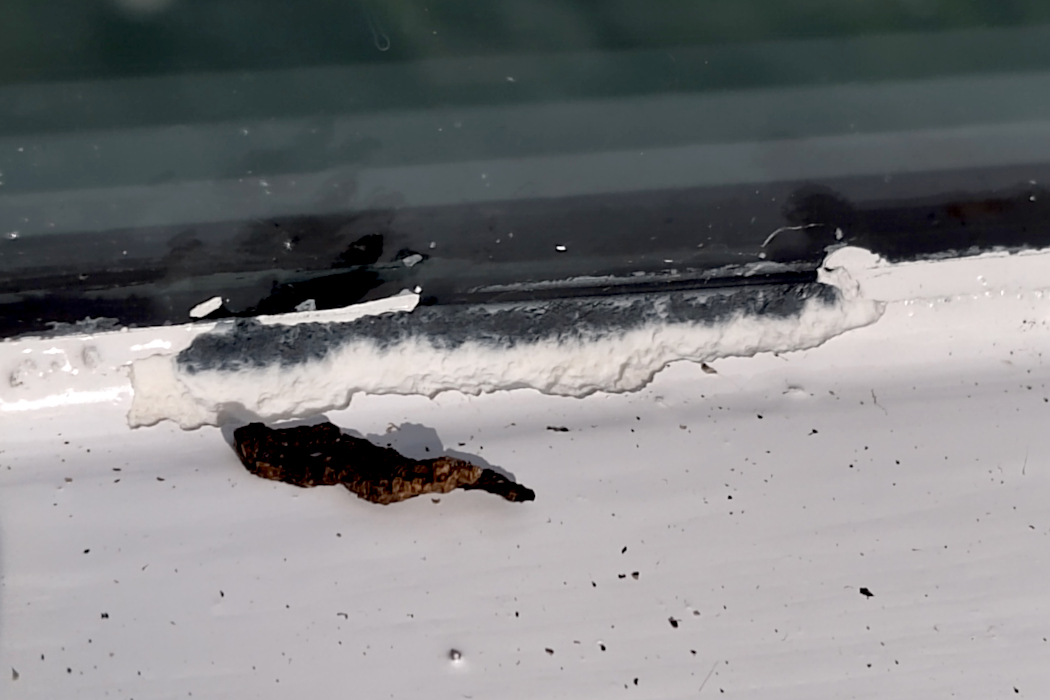
|
Question: is this music? Are the above symbols on a piece of paper music? What do you think? My answer: of course not! It is encoded information. Only a specially trained person is able to read and translate that information into sounds with the help of specially designed devices. On their own, these ink stains are not music.
Question: do the symbols on a piece of paper cause music? Are they the cause of music? My answer: of course not! The ink dots on a piece of paper are not the cause of the sounds we call music. Those symbols are dead and meaningless ink stains in themselves. One needs a person with specific knowledge of how to read and translate the symbols on paper. Furthermore, that person needs a special designed instrument. Do the hands cause the music? Or does the instrument cause the music? Or our ears? Or our brains? It is impossible to point to one cause. It is everything together. It is clear that here we have a chain of causal factors.
DNA centrism
"The basic principle is that if genes were abundantly available in the primordial pond, they could have randomly assembled to form various genomes, each capable of forming an organism." [1]
This is the most concise and extreme expression of DNA-centrism I know of. It is almost a definition of DNA-centrism in the context of the Origin of Life. The statement claims that life started with DNA. All you need is DNA and the organism will develop from it. On the other hand, in biology DNA-centrism means: DNA creates the organism. DNA is the cause of the organism. DNA controls every biological function in the organism. DNA-centrism in the context of Mendelian genetics is almost by definition gene-centrism because Mendelian genetics is not interested in the molecular details of how a gene affects the phenotype of the organism. For Mendelian genetics, the inner workings of an organism are a black box.
Now, let us ask the same questions about DNA as we did above about the musical notes on a piece of paper: does DNA cause an organism to develop, grow, breath and live? Of course not! Try it yourself: place a complete genome in a physiological saline solution in a Petri dish at 37°C and wait. Nothing will happen! But why? Because this is an unnatural environment? But if DNA has the power to create an organism, why does DNA do that? Apparently, DNA hasn't the power to create an organism. Apparently, the genome has to be in a cell and needs all the machinery to read and translate the information in the genome. Conclusion: it only seems that DNA is the cause of an organism because it is always in the right environment. We always assume the right environment.
Compare this with the musical notes on paper: we are used to associating musical notes on paper with the sounds of music. Change a note (mutation) and the music changes (phenotype). But the musical notes on paper define, but do not create music. The right environment is required to create music [2]. We need a change of perspective to see this.

|
|
Duck-Rabbit illusion (wikipedia) Does DNA control the cell, or does the cell control DNA? |
We need a change of perspective because we have become the victims of the illusion that DNA itself controls everything. We forget that the cell controls the expression of genes. My eyes were opened at the moment that I realized that our DNA is a parasite in the same manner as a virus is a parasite. A virus is completely dependent on its host for its replication. A DNA genome is completely dependent on its host cell for its replication. DNA is replicated by the cell. DNA does not replicate itself. The cell delivers the resources for replication. The only difference with the virus is that 'our' DNA usually is for the benefit of the individual in which it is housed, whereas the virus DNA is detrimental to its host. But that does not give DNA special powers. In the Duck-Rabbit illustration above, the duck is DNA-centrism and the rabbit is cell-centrism. It is difficult to change perspective. It is even more difficult to see both perspectives at the same time. Since the birth of genetics, scientists always saw the duck (DNA controls the organism). Now it is time to see the rabbit. And when we have succeeded, we should try to see both. That takes some effort. But it is worth it because a scientific theory should not depend on one perspective.
But what about genetic diseases?
Genetic disease seem to be a very strong argument against my position and for DNA-centrism. What is the cause of Cystic Fibrosis? The answer: Cystic Fibrosisis is caused by a mutation in the CFTR gene. What is the cause of Huntington's Disease? Answer: HD is caused by a mutation in the Huntingtin gene. What is the cause of Duchenne Muscular Dystrophy? DMD is caused by a mutation of the dystrophin gene. What is the cause of Sickle cell disease? Sickle cell disease is caused by a mutation in the HBB gene. A clear case for DNA-centrism?
No. On closer inspection, it appears that genetic diseases are an argument against DNA-centrism. This is because all cells in our body have the same genome. If the fertilized egg (zygote) has a mutation, all cells in our body necessarily have that mutation. Yet, genetic diseases tend to affect specific organs in our body: blood, brain, muscles, heart, lungs, intestines, eyes, ears, etc. How could that be if all cells harbour exactly the same genome? Answer: it is the difference in expression of genes. Do genes express themselves? Of course not. Factors outside DNA trigger gene expression. Additionally, genetic diseases often start at different ages. For example, symptoms of Huntington's Disease typically appear in middle-aged people. How could that be? The genome doesn't change with age. Again: gene expression changes with age, not the gene itself. This is an argument against DNA-centrism because these examples show that DNA is passive, and factors outside DNA cause gene expression in specific organs at specific times. To understand this correctly, the whole cell should be in the centre ('cell-centric view of life').
Origin of Life
The DNA-centric view of life spectacularly fails in the context of the Origin of Life. That's a hint that should make us think again. Life didn't and couldn't start with DNA. That is because DNA is a dead and meaningless molecule. It has no activity on its own. That is the famous vicious circle: the enzymes that transcribe and translate DNA must be present before those very enzymes can be produced.
Another powerful reason why DNA-centrism is wrong is that DNA is only one of the three components that constitute life:
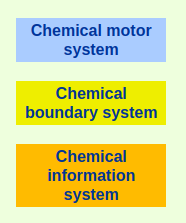
|
| Tibor Gánti model of life [3] |
- chemical motor system: metabolism that produces the energy to run and maintain the organism
- chemical boundary system: cell membrane that separates the inside from the outside of the cell
- chemical information system: the hereditary material (DNA)
Not one of the subsystems is dominant, all three determine the living organism. One subsystem is a chemical system and nothing more.
This blog is an attempt to summarize my position, not a review of the literature. My position does not downplay the importance of DNA [4], I emphasize the passive role of DNA. This does not contradict any facts. However, my position appears non-mainstream due to sloppy language use in the scientific literature [5].
Acknowledgements
Susan checked my English. Thanks!
Notes
- Periannan Senapathy (1994) 'Independent Birth of Organisms. A New Theory That Distinct Organisms Arose Independently From The Primordial Pond Showing That Evolutionary Theories Are Fundamentally Incorrect'. Introduction page 5.
- Don't push the analogy with musical notation too far! Music is an event with a clear beginning and an end in time. It is produced by starting to read and translate the first note on paper, and to continue until the last note and stops there. Music or a book have a beginning and an end. This is not the way an organism is produced from a DNA genome. The genome has no beginning and end. There is no 'first' gene to start with in order to produce an organism. Secondly, the sheet music doesn't include instructions to build a musical instrument. On the other hand, there is a useful similarity here: musical notation on paper is a handy way to store and copy 'music'. Just like DNA.
- Tibor Gánti (2003) The Principles of Life. (my review)
- Philip Ball (2024) downgrades DNA to an extreme degree. For example, he relegates the 1962 Nobel Prize for DNA to a footnote. A blunder. (see my blogpost). In that blog post, I have already made many of the same points I make in this post.
- For example: "Central to this are enhancers and promoters, DNA sequences that dictate the location, timing, and intensity of gene expression." in A tighter grip on gene expression, Science 3 Jul 2025. Note: "dictate", "timing". Especially, 'timing' is mysterious. How do DNA sequences dictate timing? I asked the author. No reply. I think this is a sloppy language caused by a DNA-centric view. [ 11-11-25 ]

